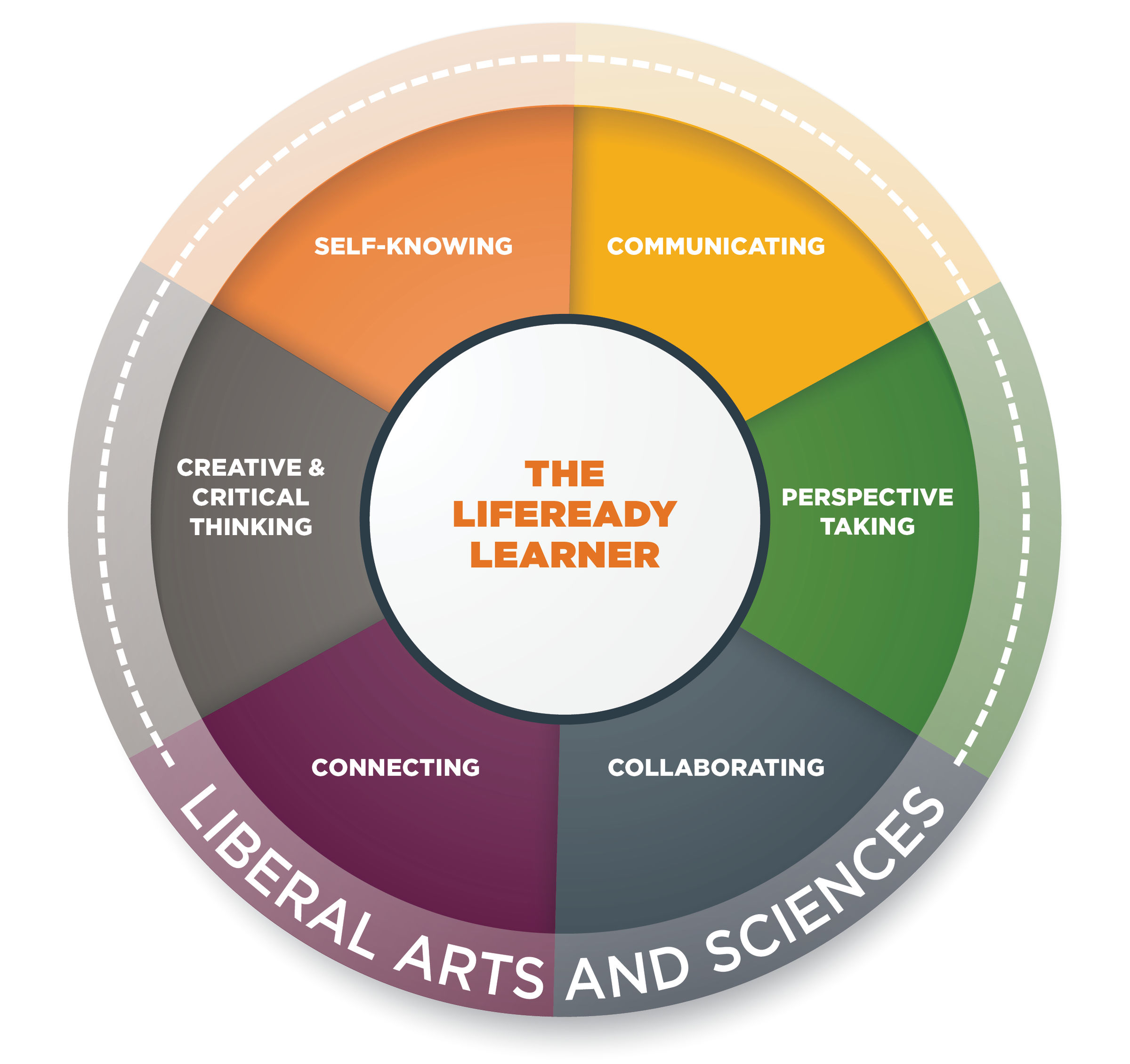What We Teach—The Liberal Arts and Sciences
Since its founding, McDonogh School has had an unwavering commitment to providing students with a comprehensive, well-rounded liberal arts education. Our PK-12 curriculum ensures that students acquire a broad conceptual understanding as well as more specialized knowledge in core disciplines. We believe deep learning occurs when students think critically, apply knowledge and skill, and have opportunities to transfer understanding to novel situations.
How We Teach—The LifeReady Pedagogy
McDonogh’s faculty works to develop self-reliant, critical thinkers prepared to do good in a diverse and ever-changing world. LifeReady makes such transformational learning possible. Teaching students how to think—not what to think—ensures their intellectual growth and is foundational to a healthy democracy.
Under the guidance of master teachers, students learn to make sense of new material for themselves. To this end, classes at McDonogh are cognitively demanding, active learning environments. While our teachers provide critical guidance as students develop mastery in and across disciplines, students are expected to think deeply, explore a range of perspectives, collaborate, and communicate effectively.
From prekindergarten to 12th grade, students engage with academic content through methods, routines, and practices that help them learn subject matter while simultaneously developing skills in six domains: Creative and Critical Thinking; Self-Knowing; Communicating; Perspective Taking; Collaborating; and Connecting. The very methods that develop these competencies are also powerful tools for thinking deeply.
As a result, McDonogh graduates students who are truly life ready. They learn to manage rapid change, in global environments, with diverse communities, and are prepared to face unexpected challenges. They engage in purposeful work and use their knowledge and skills to create, often forging meaningful connections between disciplines—the way most learning happens in life.

